Anaerobic Digestion vs Gasification: Navigating the Future of Energy Technologies
In the quest for sustainable energy solutions, anaerobic digestion and gasification emerge as two potent technologies at the forefront of innovation. While both processes offer viable paths to energy independence, understanding their distinct mechanisms, applications, and environmental impacts is crucial. This article delves into the intricacies of anaerobic digestion and gasification, comparing their roles in the renewable energy landscape, especially in the context of the UK's energy strategies and sustainability goals.
Understanding Anaerobic Digestion
Anaerobic digestion is a biological process where microorganisms break down organic materials in the absence of oxygen. This process is fundamental to the operation of anaerobic digesters, turning organic waste into valuable resources.
The Process and Benefits of Anaerobic Digestion
Anaerobic digestion involves four key stages: hydrolysis, acidogenesis, acetogenesis, and methanogenesis, transforming organic waste into biogas (a mixture of methane and carbon dioxide) and digestate. The process is renowned for its waste management efficiency, production of green CO2, and contribution to renewable energy through biogas, aligning with sustainability goals by minimising waste and promoting resource efficiency.
Gasification: A High-Temperature Alternative
Gasification is a process that converts organic or fossil-based carbonaceous materials into carbon monoxide, hydrogen, and carbon dioxide. Unlike anaerobic digestion, gasification occurs at high temperatures without combustion, with limited oxygen or air.
The Mechanism and Applications of Gasification
In gasification, organic material is transformed into syngas (synthetic gas) and a small amount of char. Syngas can be used for electricity generation, producing chemicals, and as a fuel for heating. Gasification is versatile, processing various feedstocks, including biomass, coal, and municipal solid waste, offering a solution for reducing landfill usage and generating energy from waste.
Comparing Anaerobic Digestion and Gasification
While both anaerobic digestion and gasification contribute to waste reduction and energy production, they differ significantly in process, by-products, and environmental impact.
Process and Output Differences
Anaerobic digestion is a biological process producing biogas and digestate, beneficial for soil health. In contrast, gasification is a thermochemical process yielding syngas, utilised for electricity or as a raw material for producing chemicals. Anaerobic digestion operates at ambient temperatures, while gasification requires high temperatures.
Environmental Impact and Sustainability
Anaerobic digestion is considered carbon-neutral, especially when the carbon in green CO2 originates from plant matter that absorbed CO2 during photosynthesis. Gasification, depending on the feedstock, can also be part of a carbon-neutral cycle but often requires careful management to ensure environmental benefits, particularly regarding tar and char by-products.
Anaerobic Digestion and Gasification in the UK's Energy Landscape
The UK's commitment to reducing carbon emissions and promoting renewable energy is evident in its support for both anaerobic digestion and gasification technologies.
Role in Renewable Energy Goals
Anaerobic digestion plants are an integral part of the UK's strategy for waste management and renewable energy. Gasification plants, though fewer, contribute to diversifying the energy mix and providing energy from waste, aligning with the UK's sustainability objectives.
Policy and Support
The UK government offers various incentives, including feed-in tariffs and renewable heat incentives, to promote anaerobic digestion and gasification. These policies underscore the nation's dedication to these sustainable technologies.
Future Prospects and Innovations
The continuous evolution of technology and increased focus on sustainability are driving innovations in both anaerobic digestion and gasification.
Innovations in Anaerobic Digestion Technology
Ongoing research aims to enhance the efficiency and output quality of anaerobic digestion, expanding its applicability and improving the energy return on investment.
Advancements in Gasification
Technological advancements in gasification focus on improving syngas quality, optimising feedstock flexibility, and minimising environmental impact, particularly in tar management and char utilisation.
Conclusion
Anaerobic digestion and gasification stand as pivotal technologies in the renewable energy sector, each with its unique mechanisms, benefits, and challenges. Understanding their distinct roles and potential is crucial as the UK navigates towards a more sustainable, energy-independent future. As technological advancements continue to unfold, the potential of these processes in shaping an eco-friendly energy landscape becomes increasingly promising.
